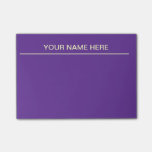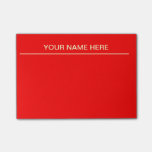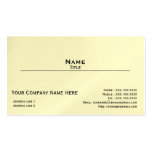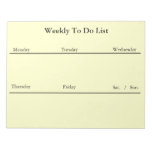Most famous for his salivating dogs, psychologist Ivan Pavlov had the right idea—if you want a behavior to persist, you have to reward it. It’s a powerful lesson that small business owners should use in their worlds. How so? A loyalty program can cement customers to your side and keep them returning over and over again. “People like to be rewarded for their loyalty,” said Annette Fazio, owner and CEO of Fazio Uncompromised, a Ft. Myers, Florida-based small business consulting company. “The reward doesn’t have to be huge, but it should show that you acknowledge and appreciate their business.”
However, she cautioned, there’s no loyalty program in the world that will keep customers coming back in the face of rude or inept customer service, poor product quality or bad outcomes. That being said (and assuming you have an expert handle on those aspects of your business), implementing an effective loyalty program can provide a welcome boost to your bottom line.
A successful loyalty program should be:
There are oodles of loyalty program software options on the market. And these might be a good way to go for some small businesses, but can prove expensive if just starting out. Even in light of technology solutions, Fazio maintains that there’s nothing wrong with taking an old-school stamp or punch-card approach, which many small businesses still utilize. For example, Fazio owned an Italian restaurant for 20 years, and used a simple, but effective, stamp loyalty program. Designed to encourage repeat visits, the program was uncomplicated (for every $100 spent, $10 was taken off the next purchase), and easy for customers to remember and for the staff to track.
Before launching a program, a bit of homework is required, such as taking a look at customer traffic and inventory trends, and identifying the behavior you want to encourage. Fazio then recommends figuring out how you’re going to track the behavior or purchases, the reward increments, and what you’ll reward.
There are also a few things to avoid, noted Fazio. Stay away from tiered programs, such as: spend $50 and you get ABC or spend $100 and you get XYZ. These can be too complicated and time-consuming to manage. Also, she added, avoid an expiration date on your reward—remember the goal is to build retention, and the last thing you want to do is disappoint a customer. “Points that expire are bad. You’re forcing the customer to purchase when they may not need to, because if they don’t, they end up losing their points and starting over again. These kinds of programs can backfire. They end up annoying people and making them less loyal instead.”
A successful loyalty program should be:
- Straightforward for customers, the business owner and staff.
- Meaningful to customers, not just any old value-add.
- Easily obtainable, with few hoops to jump through.
- Built on clear, and very specific, goals for the business.
There are oodles of loyalty program software options on the market. And these might be a good way to go for some small businesses, but can prove expensive if just starting out. Even in light of technology solutions, Fazio maintains that there’s nothing wrong with taking an old-school stamp or punch-card approach, which many small businesses still utilize. For example, Fazio owned an Italian restaurant for 20 years, and used a simple, but effective, stamp loyalty program. Designed to encourage repeat visits, the program was uncomplicated (for every $100 spent, $10 was taken off the next purchase), and easy for customers to remember and for the staff to track.
Before launching a program, a bit of homework is required, such as taking a look at customer traffic and inventory trends, and identifying the behavior you want to encourage. Fazio then recommends figuring out how you’re going to track the behavior or purchases, the reward increments, and what you’ll reward.
There are also a few things to avoid, noted Fazio. Stay away from tiered programs, such as: spend $50 and you get ABC or spend $100 and you get XYZ. These can be too complicated and time-consuming to manage. Also, she added, avoid an expiration date on your reward—remember the goal is to build retention, and the last thing you want to do is disappoint a customer. “Points that expire are bad. You’re forcing the customer to purchase when they may not need to, because if they don’t, they end up losing their points and starting over again. These kinds of programs can backfire. They end up annoying people and making them less loyal instead.”






No comments:
Post a Comment